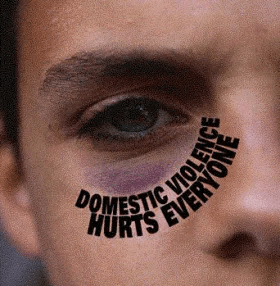Understanding Domestic Violence
When people think of domestic violence, they often picture bruises or black eyes. However, the reality is much more complex. At SafeHouse Denver, we define domestic violence as "a pattern of abusive behaviors used with the intention to maintain power and control over a past or present partner."
This definition highlights several important factors:
- Domestic violence is a pattern of behaviors.
While it is often portrayed as a single act, domestic violence consists of ongoing, repeated actions over time. - Any behavior can be used to maintain power and control.
Abuse isn’t limited to physical harm. Even seemingly harmless acts can carry an abusive intent. For instance, if an abusive partner sent flowers to a survivor’s workplace to reveal they knew a location that had been kept secret, this could be an act of control. - Domestic violence goes beyond current relationships.
The abuse doesn’t necessarily end when the relationship does. Abusive behaviors can persist long after a breakup.
Domestic violence affects people of all ages, including youth, men, women, and nonbinary individuals, across all relationships and backgrounds. It can take many forms, including:
- Physical abuse: Pushing, hitting, strangulation, or other forms of physical harm.
- Emotional abuse: Name-calling, gaslighting, extreme jealousy, or manipulation.
- Sexual abuse: Forcing sexual activity, violating sexual boundaries, or tampering with birth control.
- Economic abuse: Preventing someone from working, sabotaging their employment, or controlling financial resources.
No matter what form it takes, domestic violence is about power and control—and it can happen to anyone. Recognizing this truth is the first step toward breaking the cycle of abuse and creating a future free from violence.


